6 April 1778 Monday
Vases, Candelabra, Grave Stones, Sarcophagi. Tripods, Lamps and Ancient Ornaments volume II
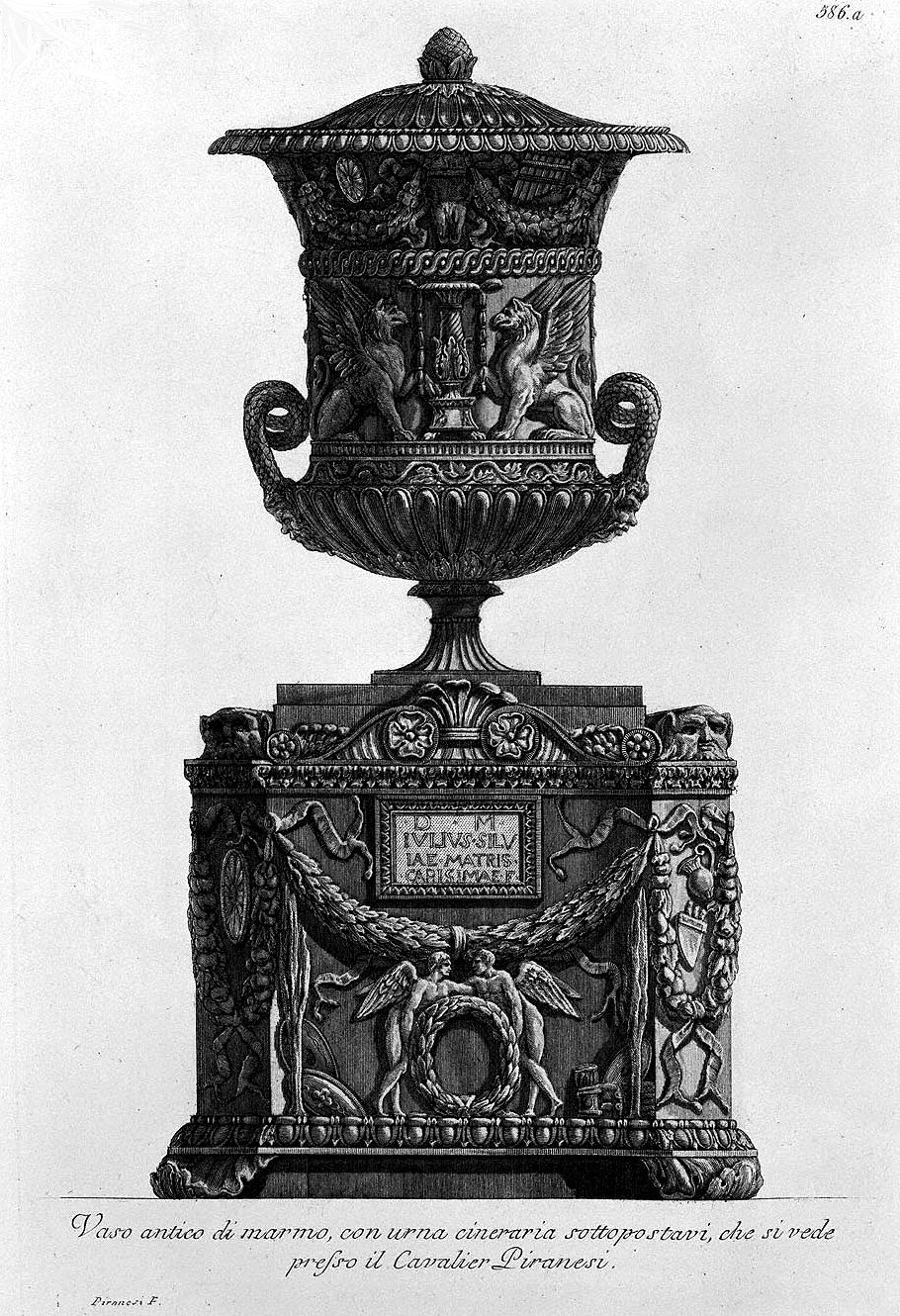
Ancient marble vase, with cinerary urn placed in it, which can be seen at the Cavalier Piranesi.
Piranesi F.
26-27 y.o. Francesco Piranesi 1785
Monumenti degli Scipioni
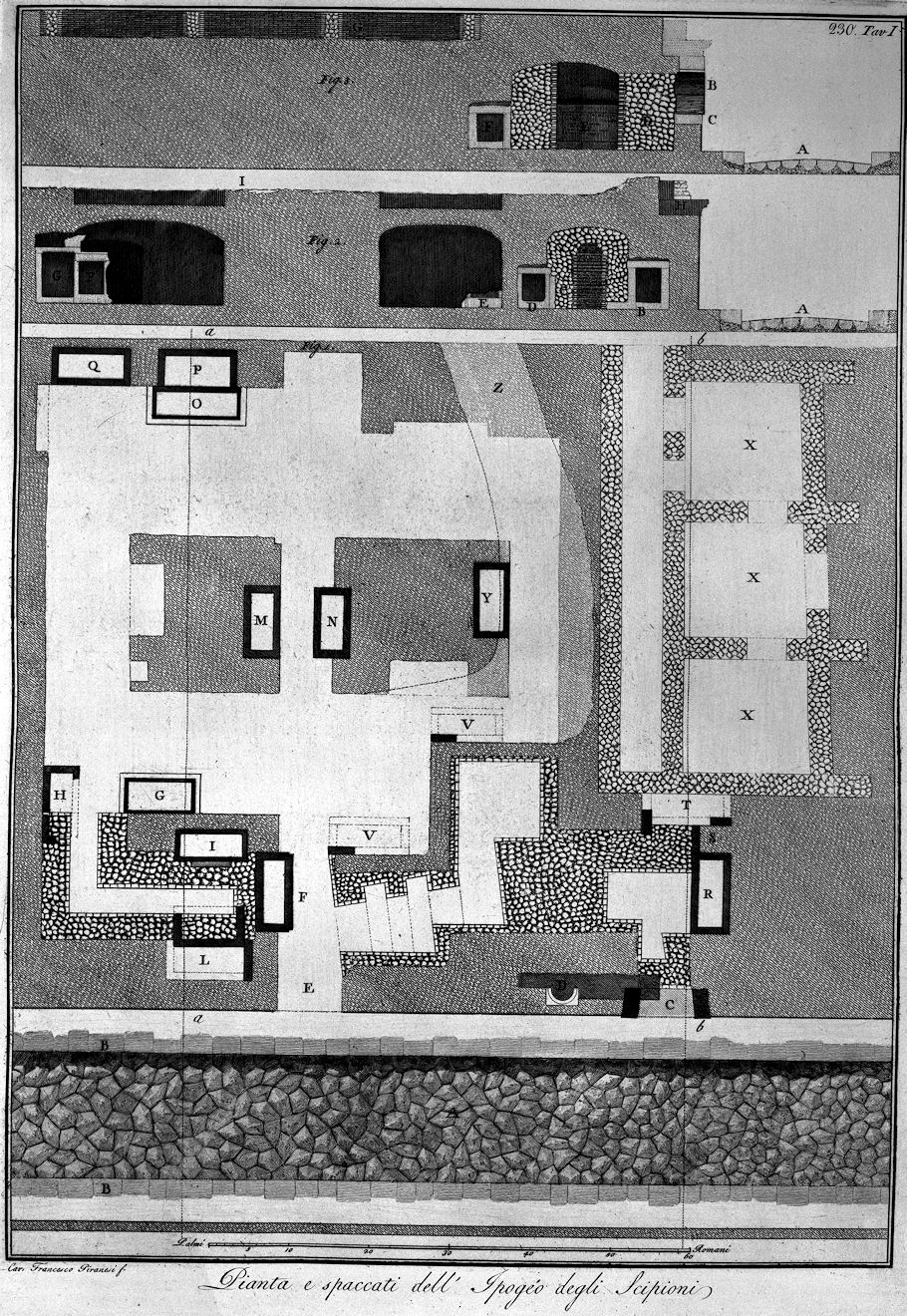
Plan and cross-sections of the Hypogeum of the Scipios
Cav. Francesco Piranesi f.
45-46 y.o. Francesco Piranesi 1804
Calcography of the Piranesis
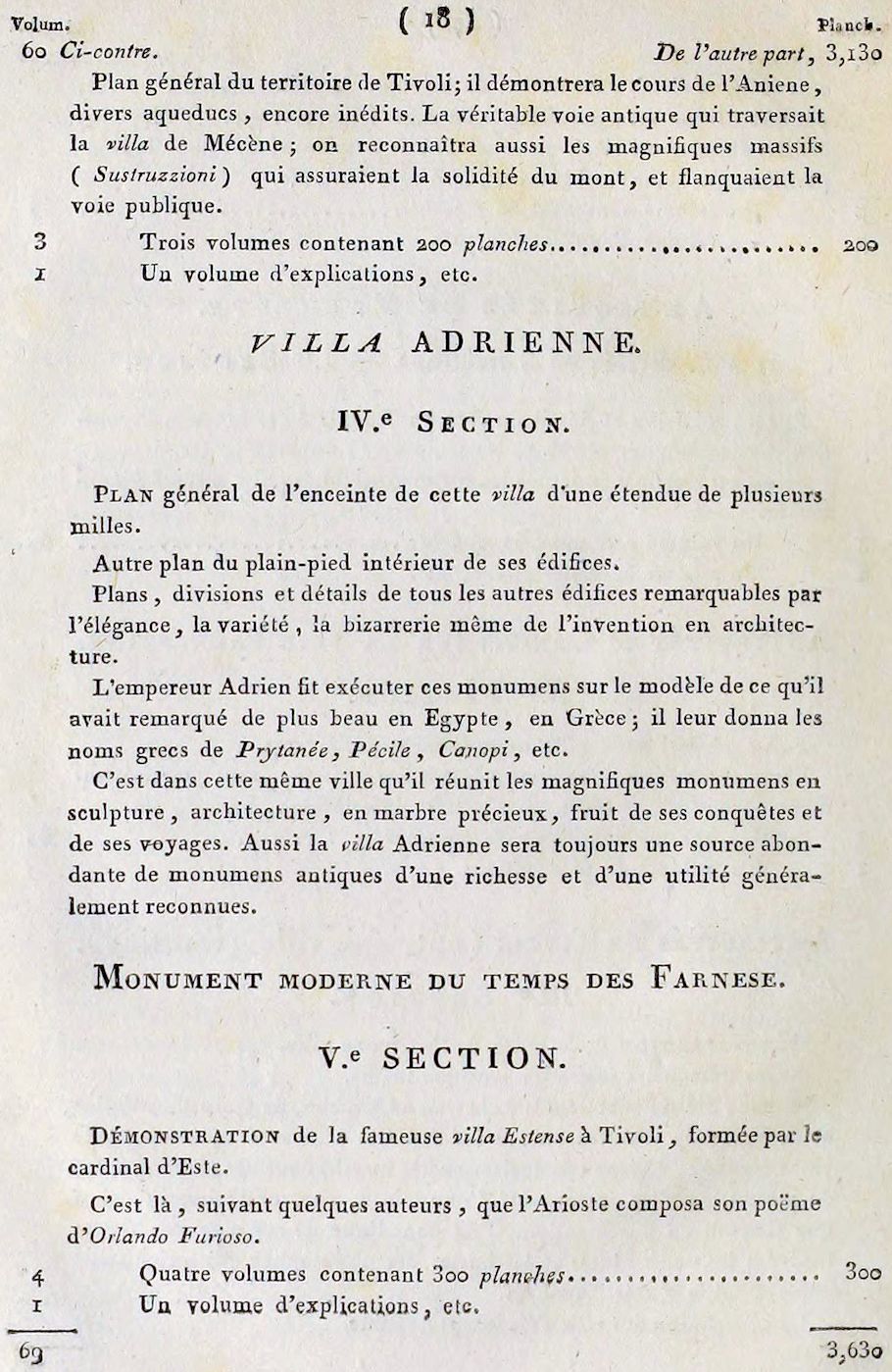
General plan of the territory of Tivoli; it will demonstrate the course of the Aniene, various aqueducts, still unpublished. The true ancient road which crossed the villa of Patron; we will also recognize the magnificent massifs (Sustruzzioni) which ensured the solidity of the mount, and flanked the public road.
Three volumes containing 200 plates
A volume of explanations, etc.
Villa Adriani
General plan of the breath of this villa of an extent of several miles.
Another plan of the interior level of his buildings.
Plans, sections and details of all the other buildings remarkable for the elegance, the variety, the very oddity of invention in architecture.
The Emperor Hadrian had these monuments executed on the model of what he had noticed most beautiful in Egypt, in Greece; he gave them the Greek names of Prytanée, Pécile, Canopi, etc.
It is in this same villa that he brings together the magnificent monuments in sculpture, architecture, in precious marble, the fruit of his conquests and his trips. Also the Villa Adrienne will always be an abundant source of ancient monuments of a generally recognized richness and usefulness.
Modern monument from the time of the Farnese.
SECTION V.
Demonstration of the famous Villa Estense in Tivoli, formed by Cardinal d'Este.
It was there, according to some authors, that Arios composed his poem by Orlando Furioso.
Four volumes containing 300 plates
A volume of explanations, etc.
6 April 1812 Monday
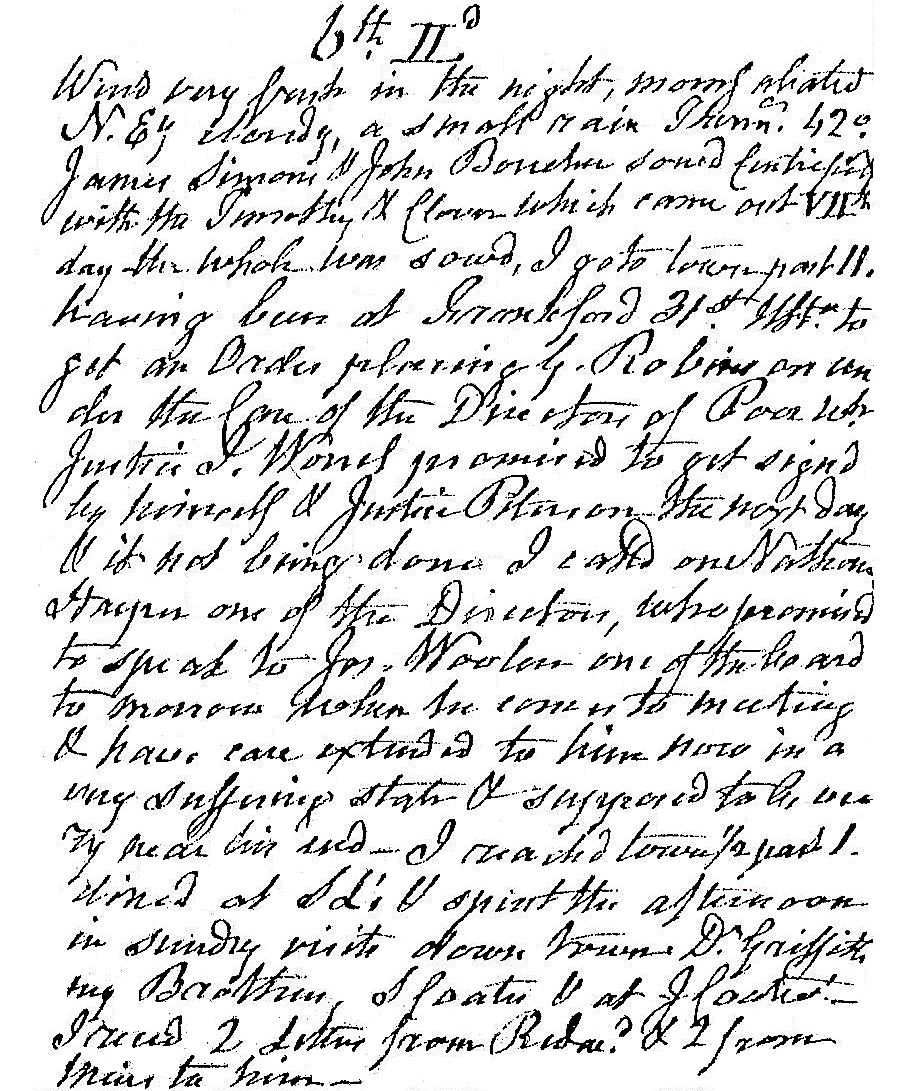
Wind very fresh[?] in the night, morning abated NEerly. Cloudy, a small rain. Therm. 42°. James Simons and John Boucher sowed centerfield with timothy[?] and cloves which came out Saturday' The whole was sowed. I go to town past 11. Having been at Frankford the 31st .....to get an order p...... G. Robinson under the case of the Directors of Poor W.... Justice I. Worsel[?] promised to get signed by himself and Justice Peterson the next day and it not being done I called on Nathan Hayes one of the directors, who promised to speak to Joseph Woolers one of the board tomorrow when he comes to Meeting and have care extended to him now in a very suffering state and supposed to be very near his end. I reached town 1/2 past 1. Dined at SL's and spent the afternoon in sundry visits downtown, Dr. Griffiths, my brother, S. Coates, and at J. Coates[?] I read two letters from Redwood and 2 from Miers to him.
6 April 2000
overall, one very Piranesian daze
...the first documentation of the heretofore undetected two differing published states of Piranesi's Ichnographia Campus Martius, the six fold-out plates that comprise a reenactment plan of ancient Rome within Piranesi's larger Il Campo Marzio dell'antica Roma 'archaeological' publication. After many years of redrawing and analyzing a printed reproduction of the Ichnographia, I went, on May 14, 1999, to see an original version of the Ichnographia at the University of Pennsylvania's Fine Arts Library. Within minutes of having a 'real' Ichnographia unfolded in front of me, I noticed that the Circus of Caligula and Nero is not only labeled, but also configured somewhat differently than the circus plan I was used to seeing. Of course, I was instantly very excited because nowhere have I ever read about the Ichnographia having two editions/states (like Piranesi's Carceri/Prisons have two published states/editions), and these two different plans are definitely not noted within Wilton-Ely's recent Giovanni Battista Piranesi - The Complete Etchings. Moreover, I believe I discovered something that no other architect, architectural historian, or art historian had noticed before. I then quickly scanned the rest of the plan to see if any other differences existed, and, sure enough, the Circus Agonalis is likewise different than the plan commonly reproduced. On 4 April 2000, I finally returned to Penn's Fine Arts Library to document the two different Ichnographia via tracings and taking digital images:
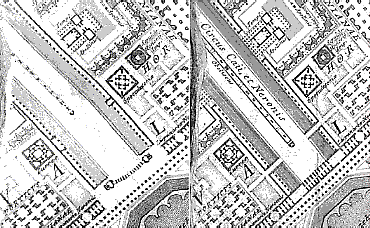
The image above left is the Circus of Caligula and Nero as the Ichnographia is commonly reproduced. The image above right is the Circus of Caligula and Nero as it appears within the University of Pennsylvania's (original) copy of the Campo Marzio.
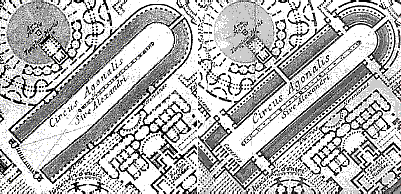
The image above left is the Circus Agonalia as the Ichnographia is commonly reproduced. The image above right is the Circus Agonalia as it appears within the University of Pennsylvania's (original) copy of the Campo Marzio.
The differing plans raise several questions:
Did Piranesi himself make these changes, or did perhaps his son Francesco, and if Piranesi made them, then why?
Which set of plans were 'drawn' first?
Does this 'change of plan' carry any possible semiotic or symbolic message regarding the Ichnographia's larger meaning?
Does this physical evidence offer any indication of Piranesi's 'design' method?
6 April 2019
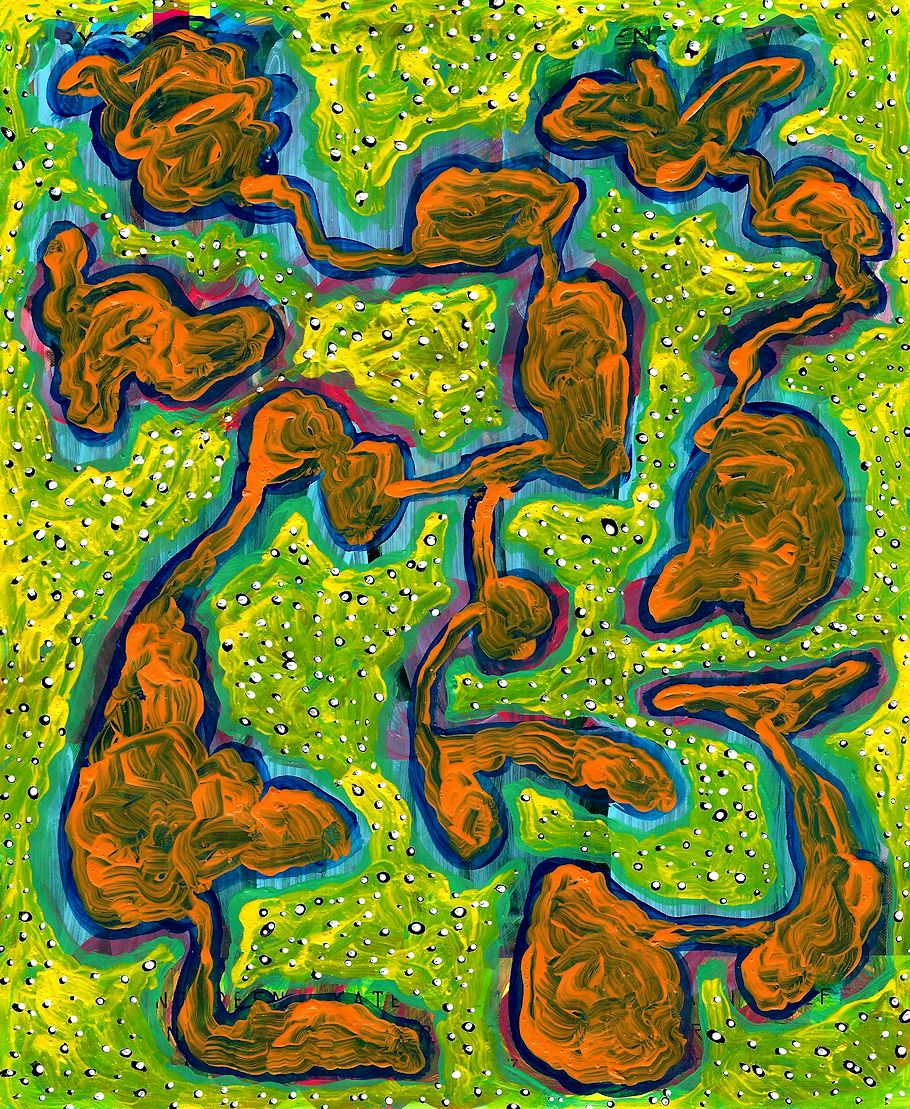
Mary Boone's 180 hours of community service hour 42
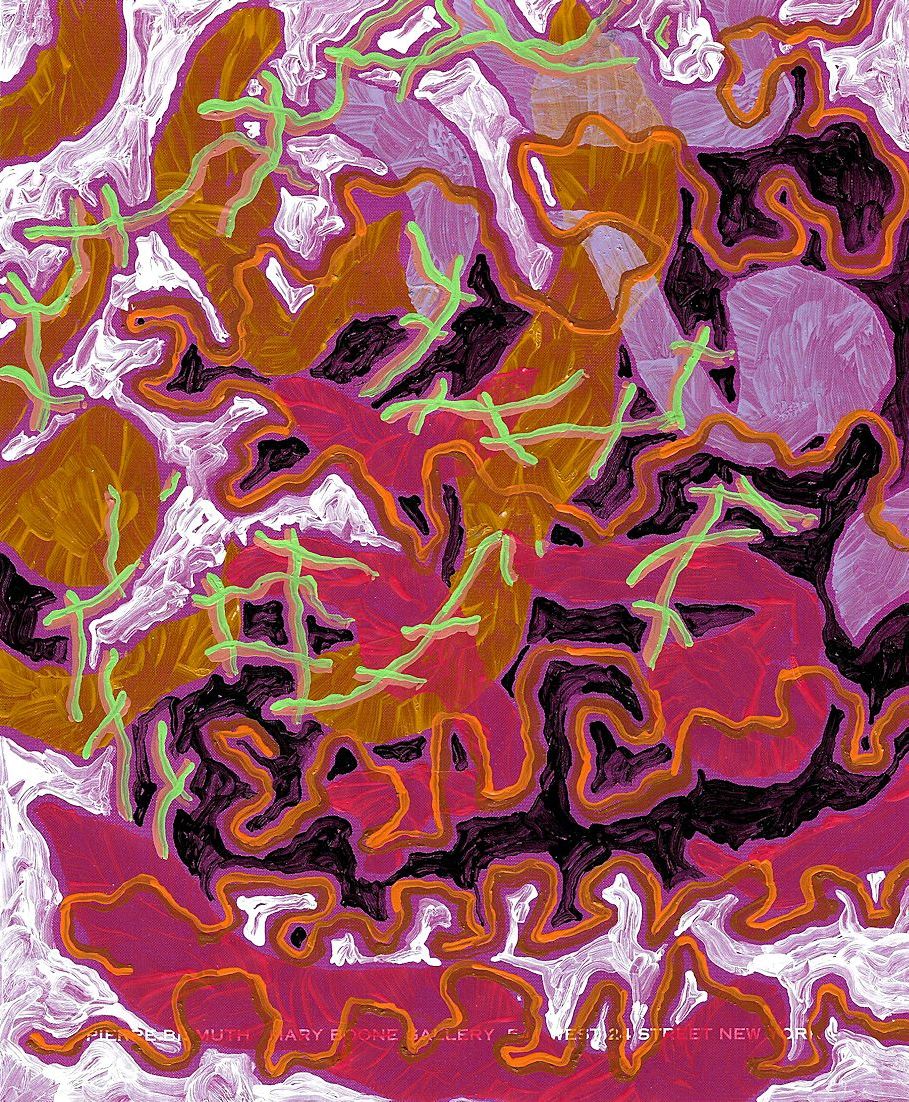
Mary Boone's 180 hours of community service hour 43
6 April 2023 Thursday
. . . . . .
|